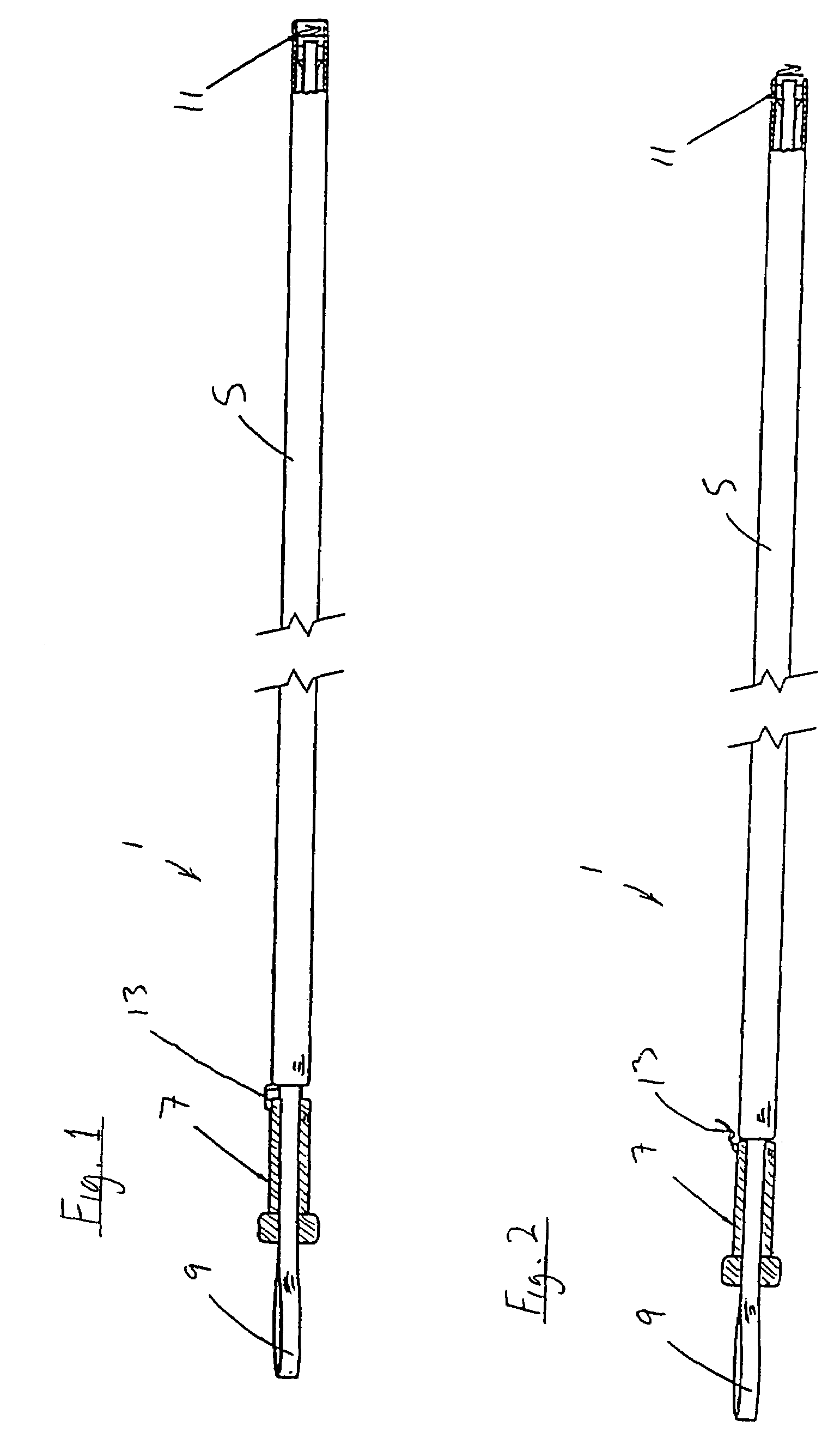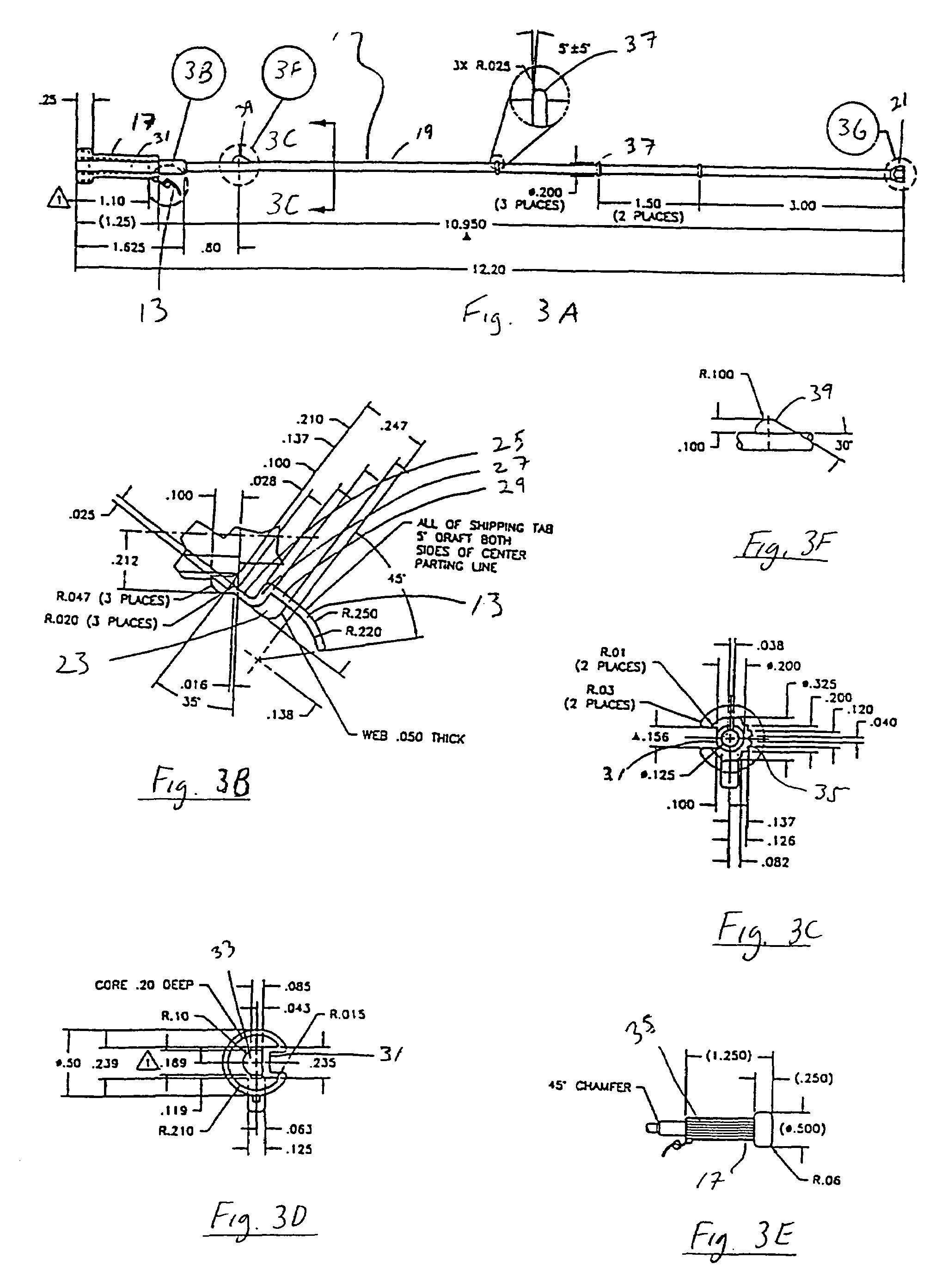Fetal oximetry system and sensor
a technology sensor, which is applied in the field of optical measurement devices, can solve the problems of affecting the reading, affecting the accuracy of the reading, and the inability of current pulse oximeters to achieve clinical acceptance as primary indicators of fetal oxygen saturation level, etc., and achieves the effect of improving accuracy and usable signal tim
- Summary
- Abstract
- Description
- Claims
- Application Information
AI Technical Summary
Benefits of technology
Problems solved by technology
Method used
Image
Examples
Embodiment Construction
[0042]The following is a detailed description of an example of components and assembly procedures for manufacturing a preferred embodiment of a fetal pulse oximetry sensor system according to the invention. Numerous aspects of the invention are set forth with respect to specific parts of the sensor system and their assembly procedures. This description should be considered as illustrative and not limiting. FIGS. 2 and 3 are elevational views showing a sensor system 1 according to the principles of the present invention. Sensor system 1 includes an introducer tube 5, an insertion rod 7, a circuit connector 9, and a sensor 11. Each of these components of sensor system 1 are hereinafter described in detail, along with related assembly procedures.
I. Introducer Tube
[0043]Introducer tube 5 is a length of hollow tubing cut to a precut length, for example, 11.05 inches. Preferably, the tubing is made of a biologically compatible plastic, such as polypropylene or polycarbonate, and has round...
PUM
 Login to View More
Login to View More Abstract
Description
Claims
Application Information
 Login to View More
Login to View More - R&D
- Intellectual Property
- Life Sciences
- Materials
- Tech Scout
- Unparalleled Data Quality
- Higher Quality Content
- 60% Fewer Hallucinations
Browse by: Latest US Patents, China's latest patents, Technical Efficacy Thesaurus, Application Domain, Technology Topic, Popular Technical Reports.
© 2025 PatSnap. All rights reserved.Legal|Privacy policy|Modern Slavery Act Transparency Statement|Sitemap|About US| Contact US: help@patsnap.com



